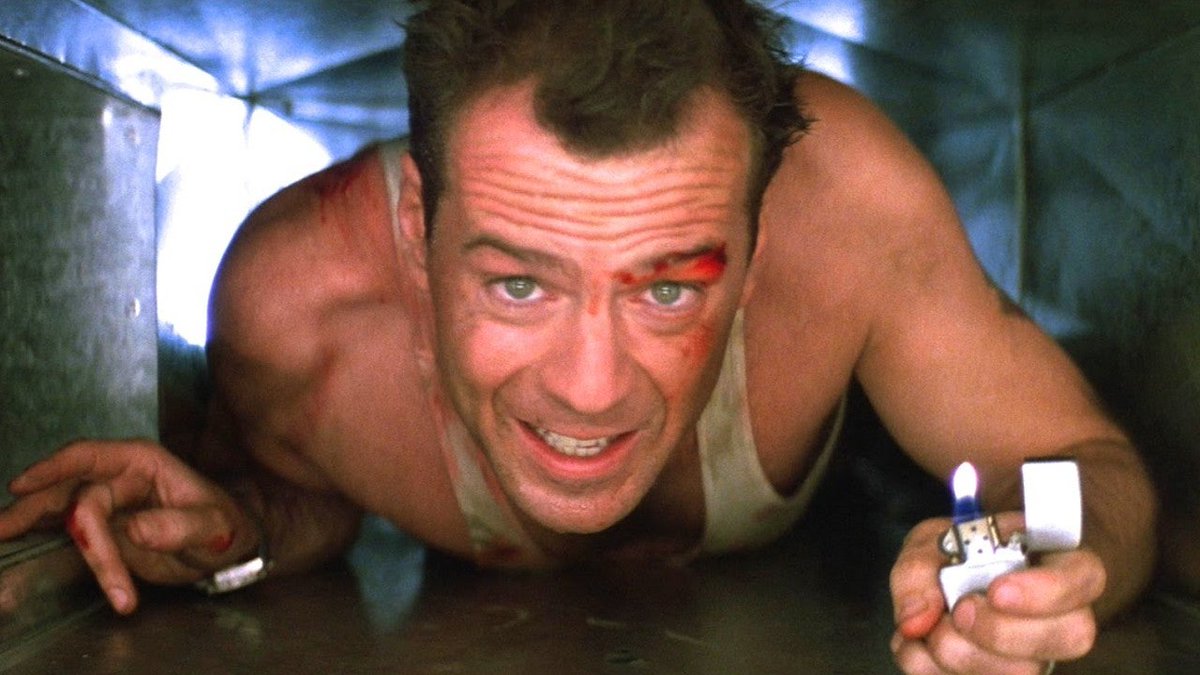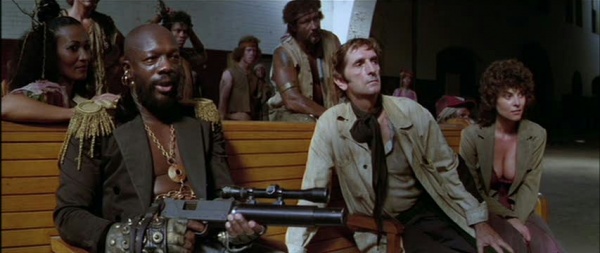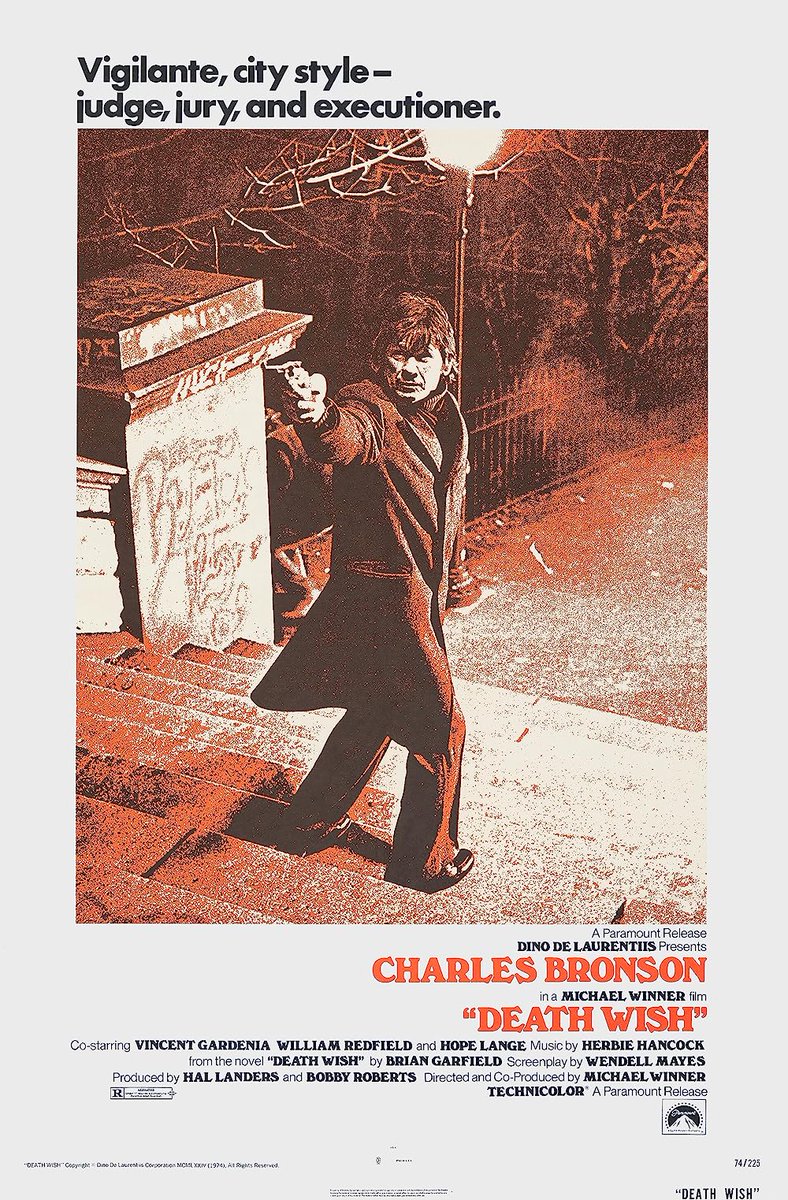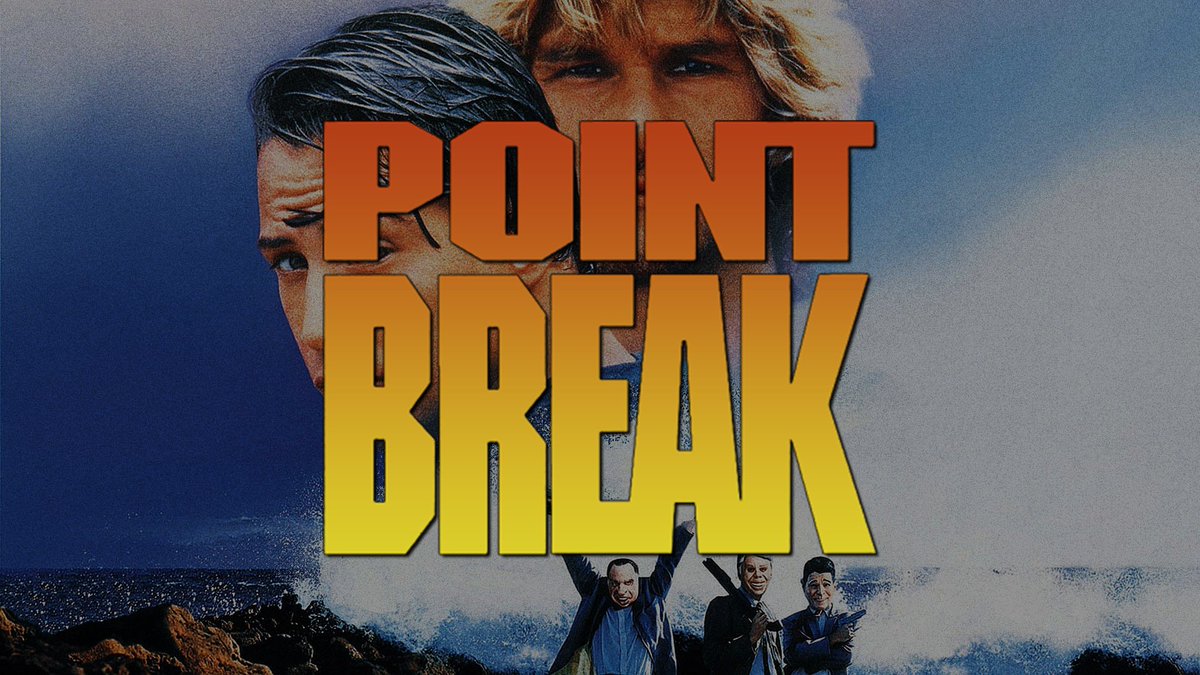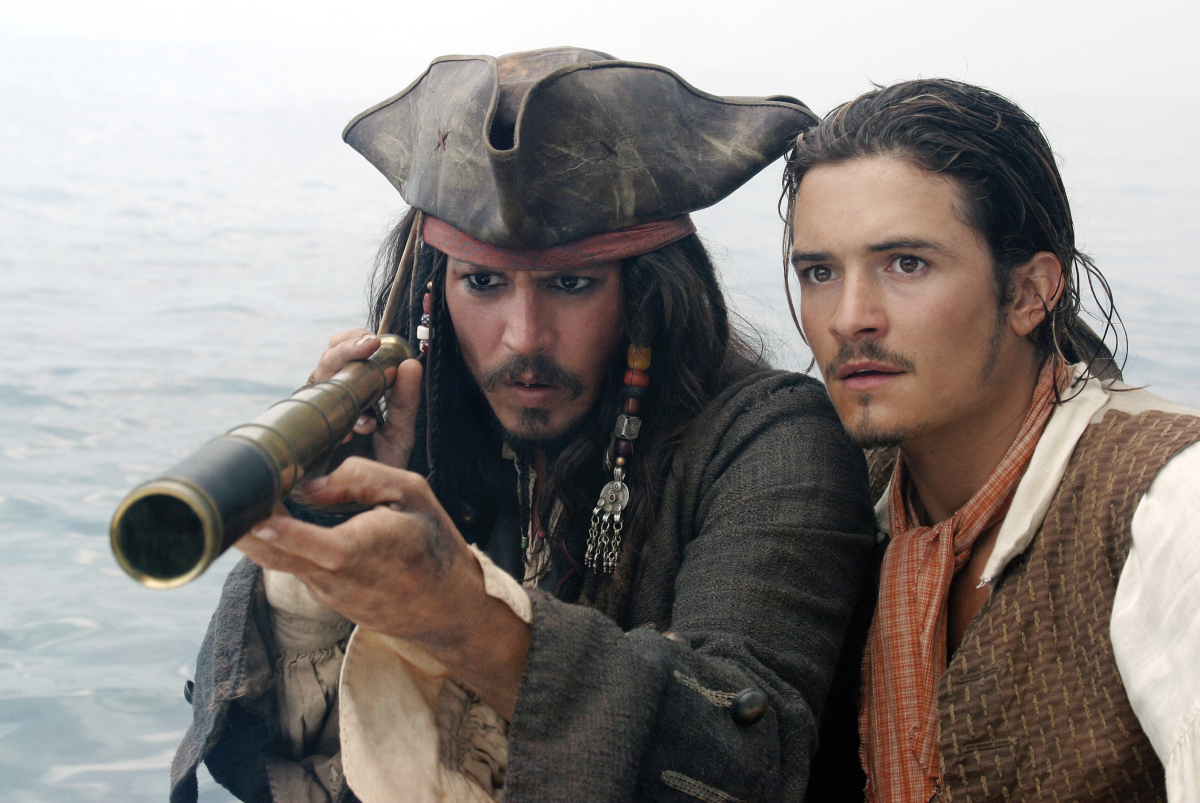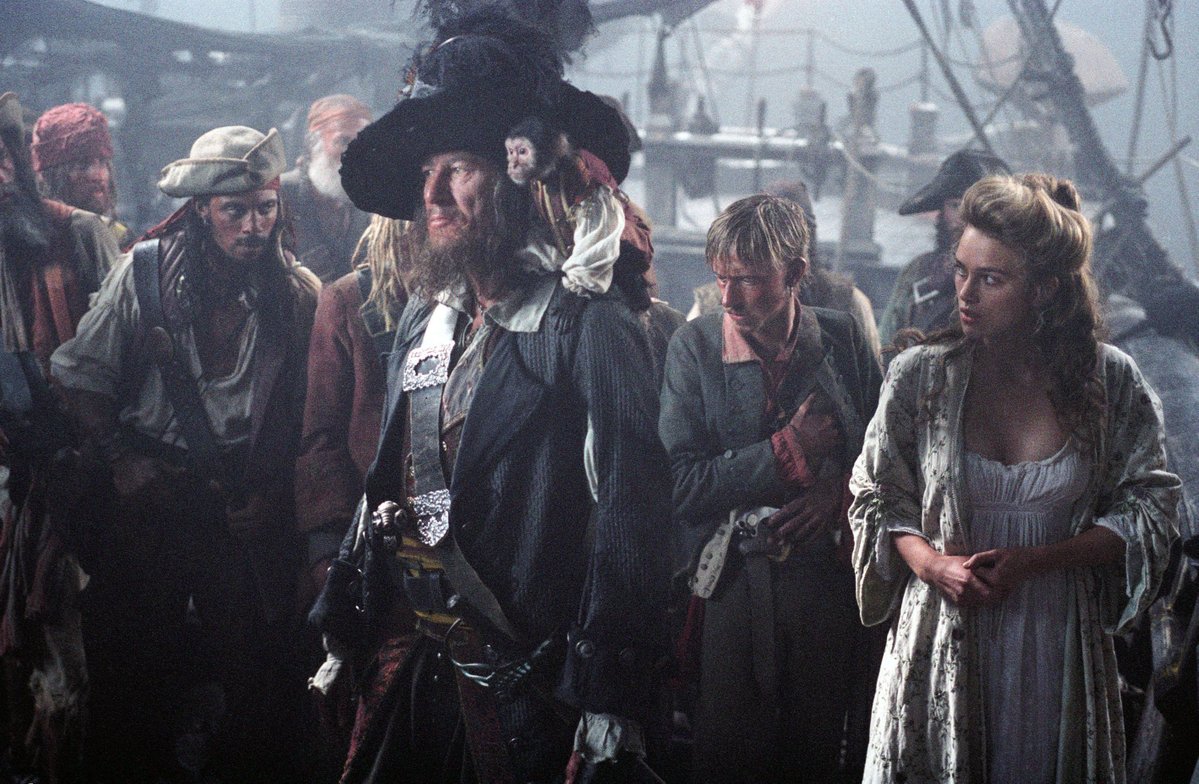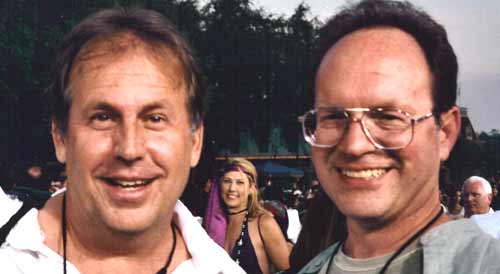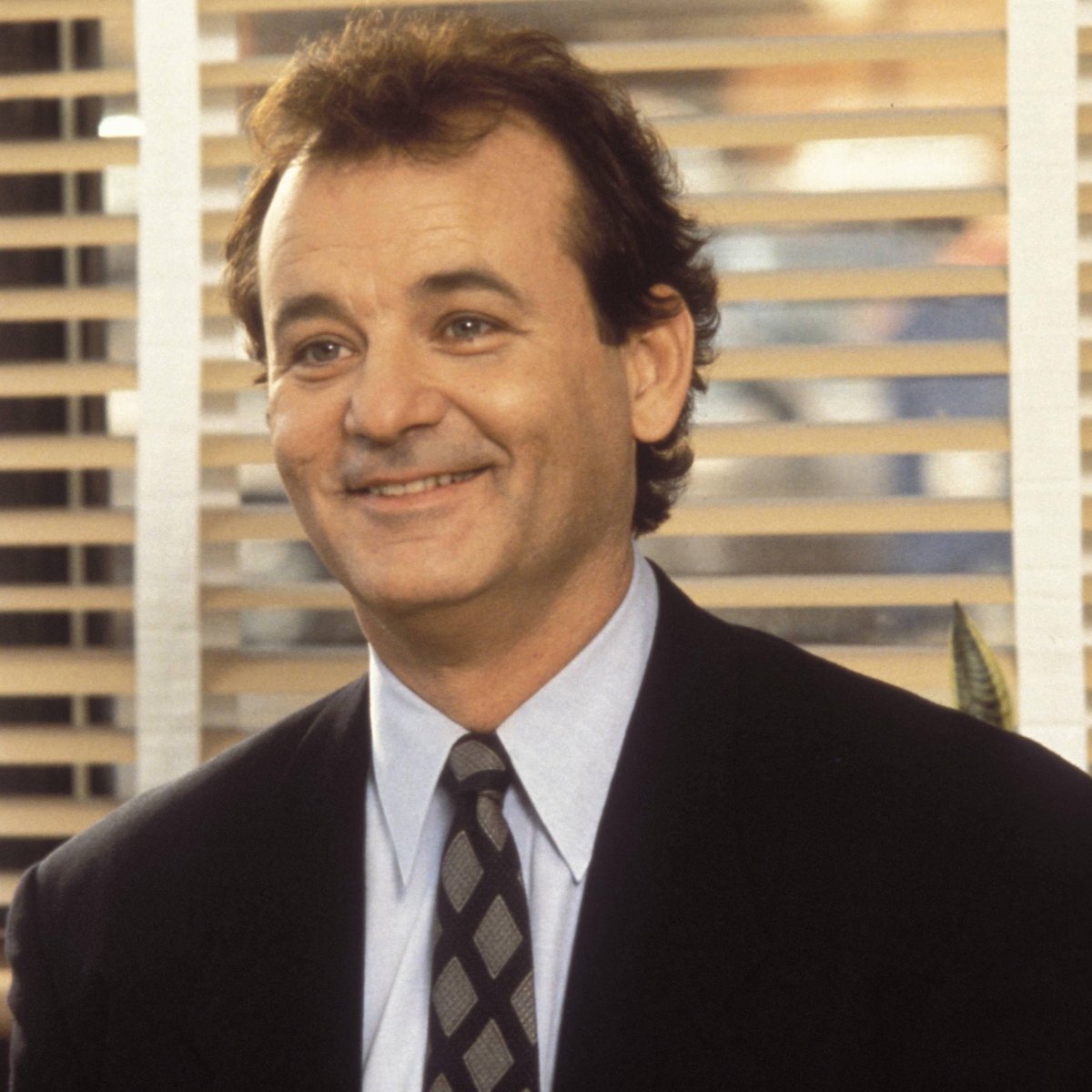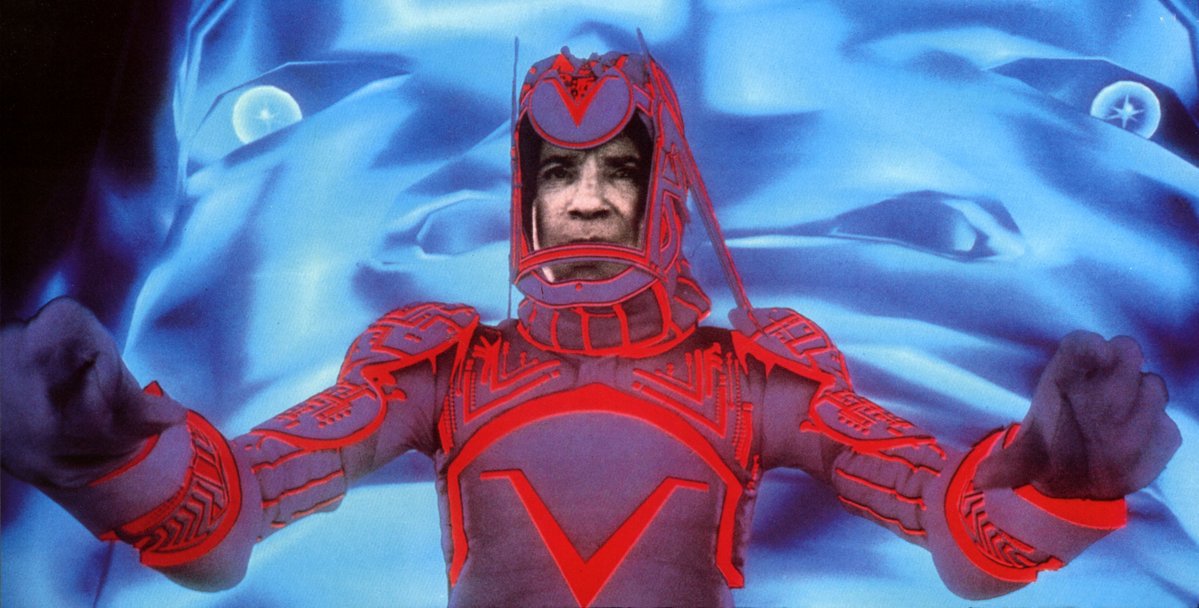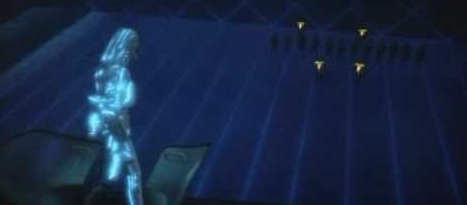AN AMERICAN WEREWOLF IN LONDON was released 42 years ago this week. One of the most popular horror-comedies out there, and with groundbreaking effects work, the behind the scenes story will make you beware the moon…
A THREAD
1/39




A THREAD
1/39




In 1969, while working as a 19-year-old production assistant on Kelly’s Heroes in Yugoslavia, aspiring filmmaker John Landis came across a group of Romani people burying a man. This gave him the idea of making a film about the undead rising from the grave.
2/39


2/39


Landis wrote a screenplay and called it An American Werewolf in London. He tried for years to sell it but was told it was too scary to be funny or too funny to be scary. James Bond producer Cubby Broccoli reportedly told Landis: “Hell no, it’s f***ing weird.”
3/39


3/39


Then, in 1978 and 1980 respectively, Landis directed Animal House and The Blues Brothers. Both were huge hits. Suddenly, Landis was red hot and was approached by producers Jon Peters and Peter Gruber. They got PolyGram Pictures involved to finance the film.
4/39


4/39


300 actors auditioned for the male leads David Kessler and Jack Goodman. The first choices of Peters and Guber were Dan Aykroyd and John Belushi in the lead roles after Landis had worked with them on The Blues Brothers. Landis pushed back as he wanted unknowns in the film.
5/39


5/39


In the 1970s, actor David Naughton had starred in a popular Dr. Pepper ad where he said “You’re a pepper, I’m a pepper.” Landis interviewed Naughton about playing lead David and ran through the script before saying “You’re a werewolf, I’m a werewolf.” Naughton was in.
6/39
6/39
The casting of Griffin Dunne as Jack was similar. Landis interviewed him and ran through the script. Landis asked Dunne was if he was claustrophobic. Dunne said he didn’t understand why until filming started and he had to sit for hours each day in the make-up chair.
7/39


7/39
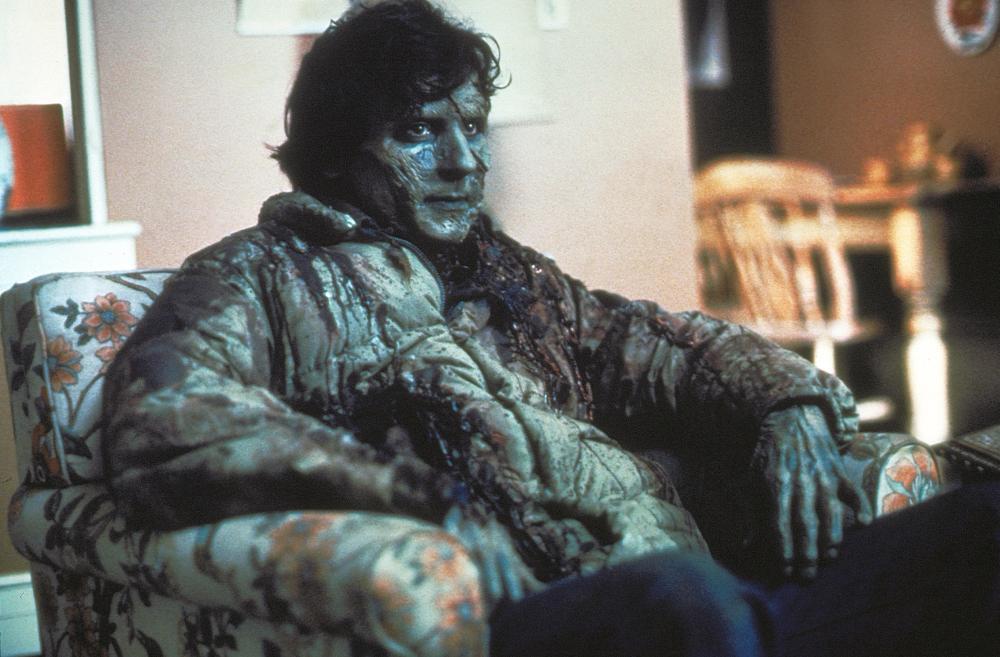

Female lead Nurse Alex Price was played by Jenny Agutter, probably most well-known at the time as a child actor in The Railway Children. In preparation for the role, Agutter spent a week working voluntary in a hospital.
8/39


8/39


Muppets and Yoda legend Frank Oz has a cameo as the US Ambassador. He and Landis went to The Comedy Store where a young Rik Mayall and Adrian Edmonson were on stage. Landis gave them parts in the film but only Mayall showed up for filming.
9/39


9/39


When Landis was researching the film, he found that France and Wales had executed more people for being a werewolf than anywhere else. Landis didn’t speak French, so decided to film in the UK. The moors scenes were filmed around the Black Mountain in Wales.
10/39




10/39



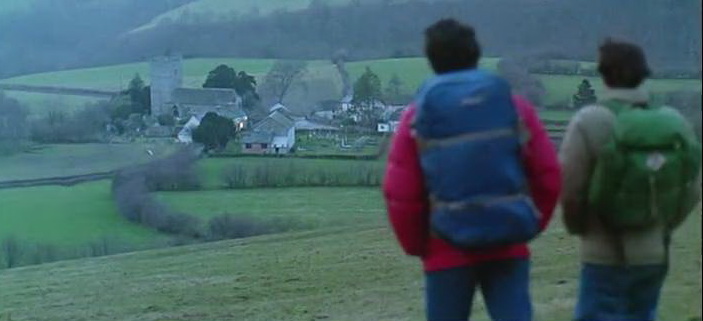
Landis was inspired by Universal’s 1941 classic The Wolf Man, starring Lon Chaney, Jnr, as well as 1935 film Werewolf of London. Landis chose London as a setting as it was “horror central...home of Jack the Ripper, Jekyll and Hyde, so I wanted all that Victorian Gothic.”
11/39


11/39


Landis had a problem when it came to getting Dunne his permit to work in the UK. The actor’s union Equity got involved and argued that Jack should be played by an English-based actor. Landis threatened to relocate the film to Paris before Equity backtracked.
12/39


12/39


For the special effects, Landis turned to make-up effects guru Rick Baker. They had first worked together on Landis’ movie Schlock. It was on that film where Landis showed Baker the script for American Werewolf. Baker loved it and said he’d do it there and then.
13/39



13/39



Because American Werewolf took so long to get off the ground, Baker committed to working on another werewolf movie, The Howling. Landis was furious that Baker had jumped ship so Baker drafted in his protégé, Rob Bottin, to work on The Howling instead.
14/39


14/39


Baker worked for around 6 months before filming started. And the film was shot sequentially to give him more time to prepare for the transformation sequence, meaning the wolf attack on the moors was half of a wolf on a wheelbarrow.
15/39




15/39




Landis said of the sound design “I wanted a weird ambience for the night shots.” The howl on the moors was made up of a wolf, lion, panther, and a locomotive. The sounds after the attack was a pig farm. Landis said it was to make audiences say: “What the hell was that?”
16/39
16/39
For the soundtrack, Landis chose a selection of Lunar-themed pop songs, including: Bad Moon Rising by Creedence Clearwater Revival, Moondance by Van Morrison and 3 versions of Blue Moon by Bobby Vinton, Sam Cooke and The Marcels.
17/39




17/39




Landis wanted to use Bob Dylan’s cover of Blue Moon but Dylan declined because of his religious beliefs. Landis also wanted Moonshadow by Cat Stevens to play over the opening titles, but Stevens said no because, reportedly, he believed werewolves were real.
18/39


18/39


There’s not just pop songs, legendary composer Elmer Bernstein provided some original music. To back up Landis’ brief of “weird” and “eerie”, Bernstein recorded his music in a London church. We hear just 7 minutes of his music in the film.
19/39


19/39


The opening credits say “For Jim O’Rourke”. Landis and stuntman O’Rourke had worked together on Kelly’s Heroes and Schlock. O’Rourke sadly died of lung cancer before American Werewolf started shooting. As a result, Landis banned smoking on the set.
20/39


20/39


The fictional village of East Proctor was actually a place called Crickadarn, 20 miles north of the Black Mountains. The pub we see was in that village, but it wasn’t called The Slaughtered Lamb. The interiors were shot in The Black Swan pub in Surrey, just outside London.
21/39



21/39



The first wolf attack was filmed just outside Winsor Castle. Dunne said “We were in the Queen’s backyard, and I kept picturing the her trying to get some sleep while hearing this kid being savagely murdered take after take after take.”
22/39
22/39
Rick Baker told Dunne to be careful with the werewolf head as it was delicate, but Dunne tore it in the first take. Baker was so annoyed he considered giving the wolf hard teeth for next time but instead said that he “beat the sh**” out of Dunne in the next take.
23/39


23/39

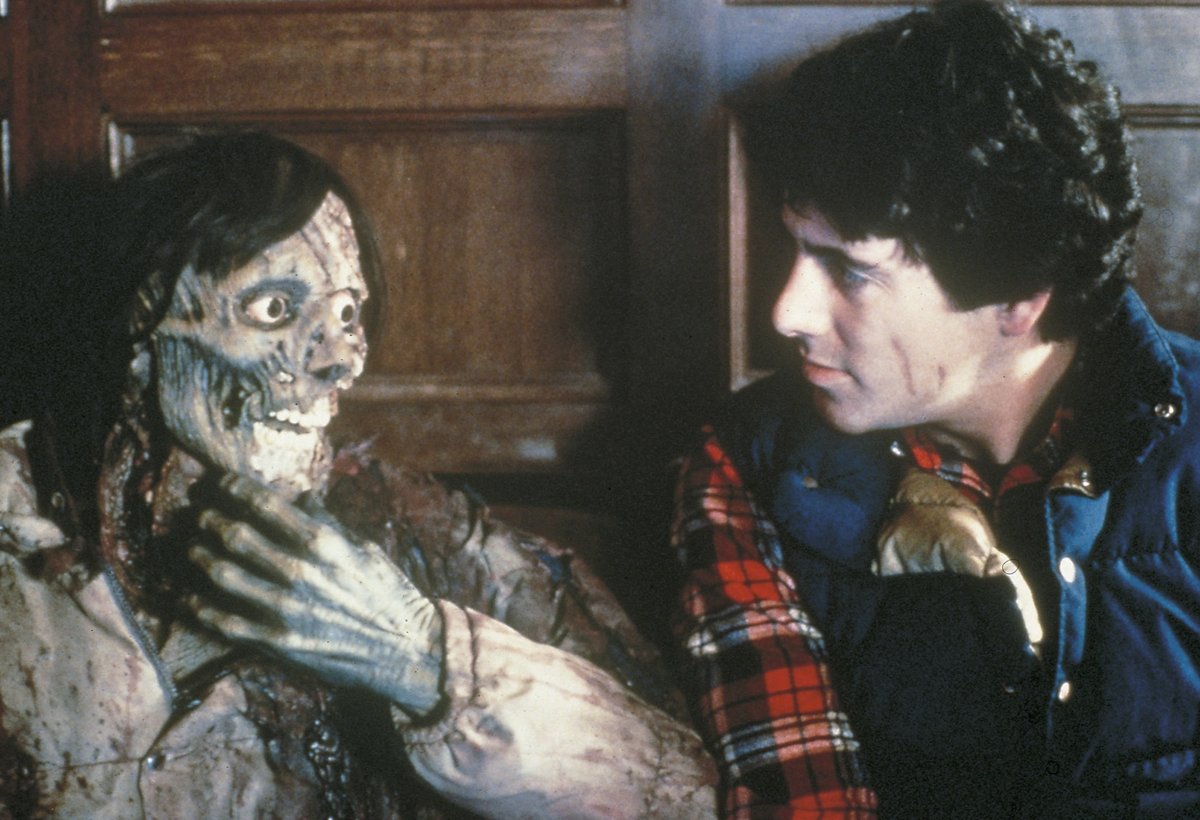
The idea of a dream within a dream was taken directly from a 1972 French comedy-drama by Luis Bunuel that Landis had seen. It was called The Discreet Charm Of The Bourgeoisie. Rick Baker has a cameo in the sequence as the Nazi who holds the knife to David’s neck.
24/39


24/39


A shower was specially built for the sex scene. They struggled to manage the water temperature and they were very cold. Agutter said the crew doubled in size for this scene: “All of a sudden there were men I had never seen before standing around pretending to do things.”
25/39


25/39


Rick Baker masterminded the transformation scene. The expanding hand and feet were rubber with 4 syringes inside. When they were plunged, the hand/feet expanded. The rapid hair growth was a piece of fake skin with hair pulled through it, the footage then played backwards.
26/39


26/39


The popping of the spine was air being blown through tubes. For the shots where David is on his back, Naughton was in a hole in the floor with his head peering out - the rest is puppetry.
27/39


27/39


The expanding mouth was an animatronic rubber head with moving parts that could be manipulated separately, so the head could expand in different areas at different times. There were many heads used in various states of expansion.
28/39




28/39




The scene took 6 days to complete, most of which was applying and removing Naughton’s make-up. Baker said in those 6 days they shot only 30 minutes of footage. He didn’t think the time was worth it until he saw the finished article…
29/39
29/39
In the London Zoo scene, Naughton was really naked. The trainers were all women, making him even more uncomfortable. And Landis reportedly had to avoid full frontal nudity because, unlike his character, Naughton was not circumcised.
30/39
30/39
The man killed in Tottenham Court Road tube station, Gerald Brinsley, was played by Michael Carter. Carter had another memorable role two years later when he appeared as Bib Fortuna in Return of the Jedi.
31/39


31/39


See You Next Wednesday is a term Landis has used throughout his career (He took it from 2001: A Space Odyssey). The star of the adult movie was Linzi Drew, a page 3 girl at the time. Her character name in See You Next Wednesday was Brenda Bristols.
32/39


32/39


Throughout the film, Griffin Dunne had to suffer a lot of make-up to show Jack’s decaying state, but in the cinema scene, Jack is a puppet. Dunne sat behind the puppet, controlling its mouth to lip sync to his dialogue.
33/39


33/39


It was hard to get permits to film at Piccadilly Circus, and nothing had been filmed there for 15 years. Landis set up a free screening of The Blues Brothers for 300 of London’s Met Police and said "They loved it… suddenly I had permission to shoot in Piccadilly Circus."
34/39


34/39


The credits feature a congratulatory message to Prince Charles and Lady Diana for their (at the time) recent wedding. The reason for this is that David shouts some unsavoury comments about Prince Charles when he’s trying to get arrested in Trafalgar Square.
35/39



35/39


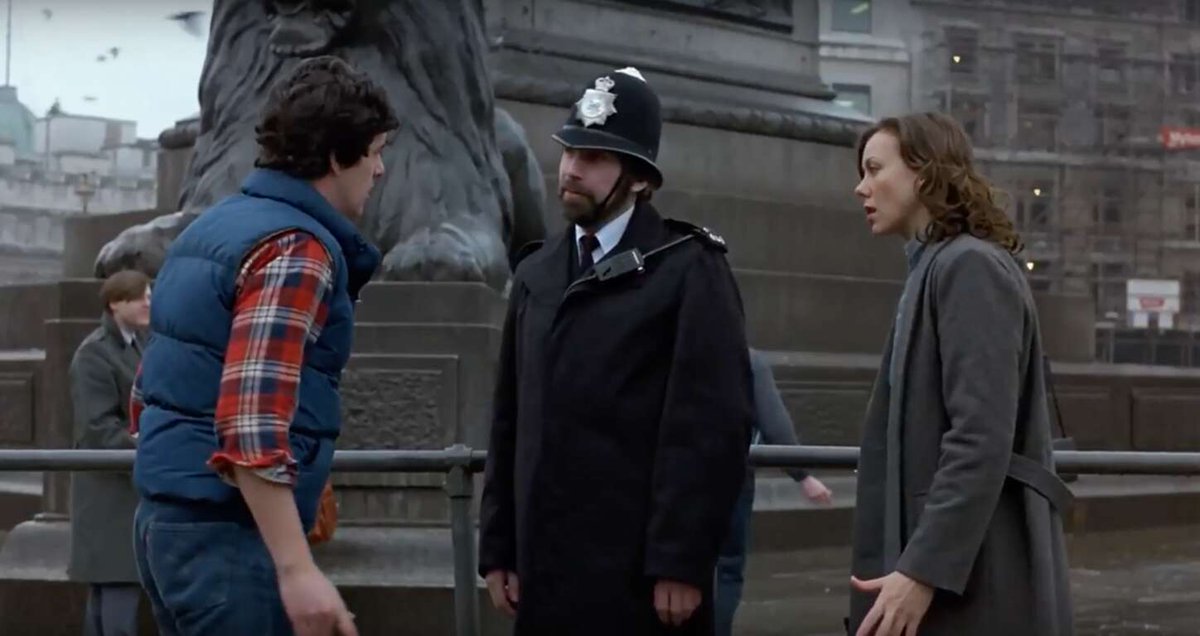
In test screenings, audiences were aghast by a moment where Jack ate toast and it fell out of a hole in his throat, so Landis removed it. He also removed a shot of one of the homeless men where, having been mauled by the wolf, they’re missing body parts.
36/39


36/39


For his groundbreaking work on the film, Rick Baker won the very first Academy Award for Make-Up, beating out effect legend Stan Winston. There had been a couple of honorary ones given in the past but this was the first time it was a legitimate category.
37/39
37/39
On a budget of $5.8m, the film grossed $62m. A huge return, it has since gone down as a cult classic and one of the great comedy-horrors.
38/39




38/39




To finish on American Werewolf, here’s Gerald Bringsley coming a cropper at Tottenham Court Road…
39/39
39/39
If you liked this thread, please RT the first tweet…
https://twitter.com/ATRightMovies/status/1694275503123783917
Our latest podcast is on THE PRESTIGE. Full of big laughs and opinions so please give it a listen.
alltherightmovies.com/podcast/the-pr…
alltherightmovies.com/podcast/the-pr…
• • •
Missing some Tweet in this thread? You can try to
force a refresh



